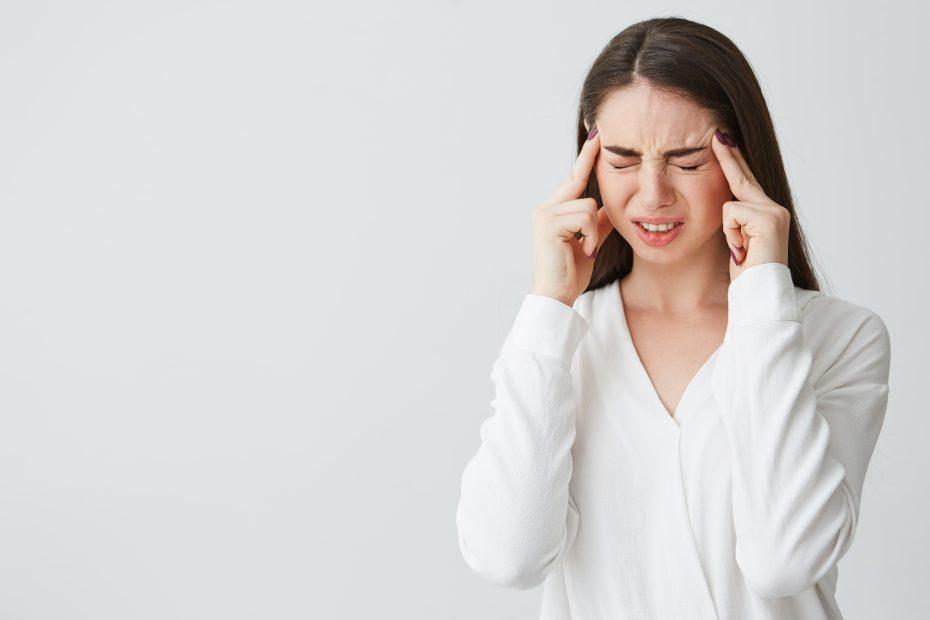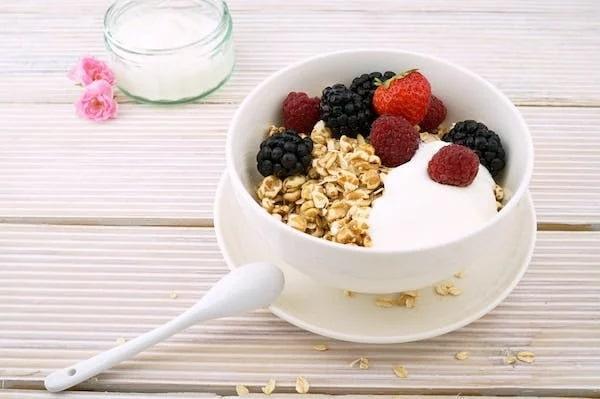A vestibular migraine diet is a type of diet that is designed to help reduce the symptoms of vestibular migraine. Dizziness, vertigo, and other balance-related symptoms are the hallmarks of a migraine known as a vestibular migraine. It is believed that certain foods and drinks may trigger or worsen the symptoms of vestibular migraine.
The typical vestibular migraine diet calls for avoiding or limiting the foods and beverages known to aggravate vestibular symptoms or provoke migraines. Common triggers include caffeine, alcohol, aged cheeses, cured meats, MSG, artificial sweeteners, and certain food additives. Additionally, the diet may contain foods with anti-inflammatory and antioxidant properties, such as fruits, vegetables, whole grains, and lean protein sources.
It is important to note that there is no one-size-fits-all approach to the vestibular migraine diet, as triggers and dietary needs can vary from person to person. It is recommended that individuals work with a healthcare professional, such as a registered dietitian, to develop an individualized diet plan that considers their specific triggers, symptoms, and nutritional needs.

Can Your Diet Trigger Vestibular Migraine?
The relationship between diet and vestibular migraine attacks is a topic of interest due to the potential role of genetic, lifestyle, and environmental factors in developing this condition, which is more common in women. Although the exact cause of vestibular migraine remains unknown, emerging evidence suggests that modifying one’s diet may help reduce the frequency and severity of migraine attacks.
Vestibular migraine has been linked to several food triggers, including processed meats, aged cheeses, alcohol, coffee, and chocolate. These foods contain chemicals such as tyramine, nitrates, histamine, and phenylethylamine linked to migraine symptoms.
Notably, some individuals may experience worsened migraine symptoms if they do not eat, indicating that skipping meals and fasting may exacerbate the severity of attacks. It is important to note that dietary triggers may vary between individuals, and some individuals may not experience any effects of diet on their migraine episodes. Therefore, an individualized approach to identifying and avoiding dietary triggers is recommended.

What is the Vestibular Migraine Diet All About?
Despite lacking specific dietary recommendations for vestibular migraines, recent research suggests an exclusion diet may help identify potential triggers that worsen symptoms. This approach involves temporarily removing foods suspected to cause or worsen symptoms, as individual responses to foods may vary.
After a period of exclusion, the eliminated foods are reintroduced in groups to help determine which specific food or food group is responsible for triggering symptoms. The duration of an elimination diet is typically 5-6 weeks. It is essential to undertake this approach under the supervision of a healthcare professional, such as a registered dietitian or physician, to prevent nutritional deficiencies that may arise from following an incorrect or overly prolonged elimination diet.
It is important to note that vestibular migraine is a multifactorial condition, and dietary changes may not necessarily influence all individuals’ symptoms.

Phases of the Elimination Diet
The elimination and reintroduction phases are the two main phases of the elimination diet.
During the elimination phase, foods identified as potential triggers of vestibular migraine symptoms are eliminated from the diet. By avoiding nearly all possible trigger foods during this phase, individuals can determine whether their diet affects their symptoms. Typically, this phase lasts for 2-3 weeks.
In the reintroduction phase, the diet’s previously restricted items or food groups are gradually added to one food group at a time for two to three days. During this period, individuals should monitor and record how each food affects their vestibular migraine symptoms.
Foods that do not worsen attacks are considered safe, while those that trigger symptoms may need to be permanently excluded from the diet. The reintroduction phase may last another 2-3 weeks, depending on the number of eliminated food groups initially, and can be extended if recommended by a healthcare professional.

Create Your Vestibular Migraine Diet Plan
To create your vestibular migraine diet plan, you must know which food you must intake and which not. Here are the foods you need to avoid in the vestibular migraine diet plan;
- aged cheeses
- Alcohol
- Aspartame
- chocolate
- coffee and other caffeinated drinks
- processed meats
- citrus fruits
- tomatoes
- onions
- beans and lentils
- nuts and seeds
- Fermented and pickled foods
- organ meats
- salted, smoked, or dried fish
- dairy products
- canned soups, soup cubes, and bouillon cubes with MSG
- fruit juices and carbonated sodas
- bottled salad dressings and packaged dips
- vitamins and herbal supplements with caffeine
- monosodium glutamate (MSG)

On the other hand, here is the list of food you can eat or can be included in your diet or when creating vestibular migraine diet recipes;
- Fruits: most fruits, excluding citrus and tomatoes
- Vegetables like beans, onions, and lentils
- Grains like rice, couscous, quinoa, and oats
- Meat, eggs, and fish like chicken, lamb, beef, eggs, turkey, and fish
- Dairy substitutes like coconut and oat milk
- Healthy Fats like flaxseed, olive, and coconut oils
- Beverages like water and decaffeinated herbal teas
- Spices and condiments like herbs and spices

Lessen the Attacks With Vestibular Migraine Diet!
Vestibular migraine attacks can be very distressing due to the accompanying vertigo. However, relief of symptoms may be achieved by avoiding trigger foods and following an effective vestibular migraine diet.
Research indicates that an elimination diet may be valuable in identifying specific dietary triggers that may exacerbate vestibular migraine symptoms.
However, as elimination diets are highly restrictive, it is essential to undertake them under the guidance of a healthcare professional. It is crucial to keep in mind that not everyone’s vestibular migraine symptoms may be affected by dietary changes. You can also consider having this diet together with your indoor cardio workout as well.
